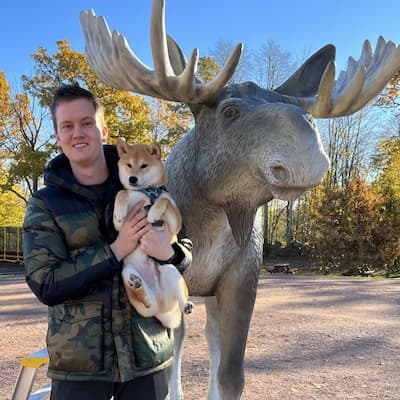Morning dew, fog, rain, high humidity, or frost – these are just some conditions that can lead to blurry images from your cameras. But don’t worry, you can fix it! 😊
Did you know there are simple methods to find blurry images and improve them? No magical AI required!
Automate your camera trap image analysis with Animal Detect
Join today to analyze thousands of images in minutes using latest AI models.


Here’s how:
Compute the Laplacian of the image and take its variance. This gives you a sharpness score – the smaller the score, the blurrier the image.
Once you know your data, you can set a threshold to detect blurry images and decide when they need sharpening.
Now, for sharpening methods, there are plenty of options! Let me highlight two:
1️⃣ Unsharp Mask – Yes, it sounds ironic, but this method makes your photos sharper!
2️⃣ Histogram-Based Sharpening – For this demo, I used CLAHE (Contrast Limited Adaptive Histogram Equalization). CLAHE is not only great for blurry images but has many other wildlife applications – I’ll cover these in my next post!
✨ Here’s the simple procedure I followed for this demo:
-
Crop out the white bottom bar.
-
Compute the sharpness of the image.
-
If sharpness < 5.0, run CLAHE. (Thresholds will vary depending on your images and camera setup.)




